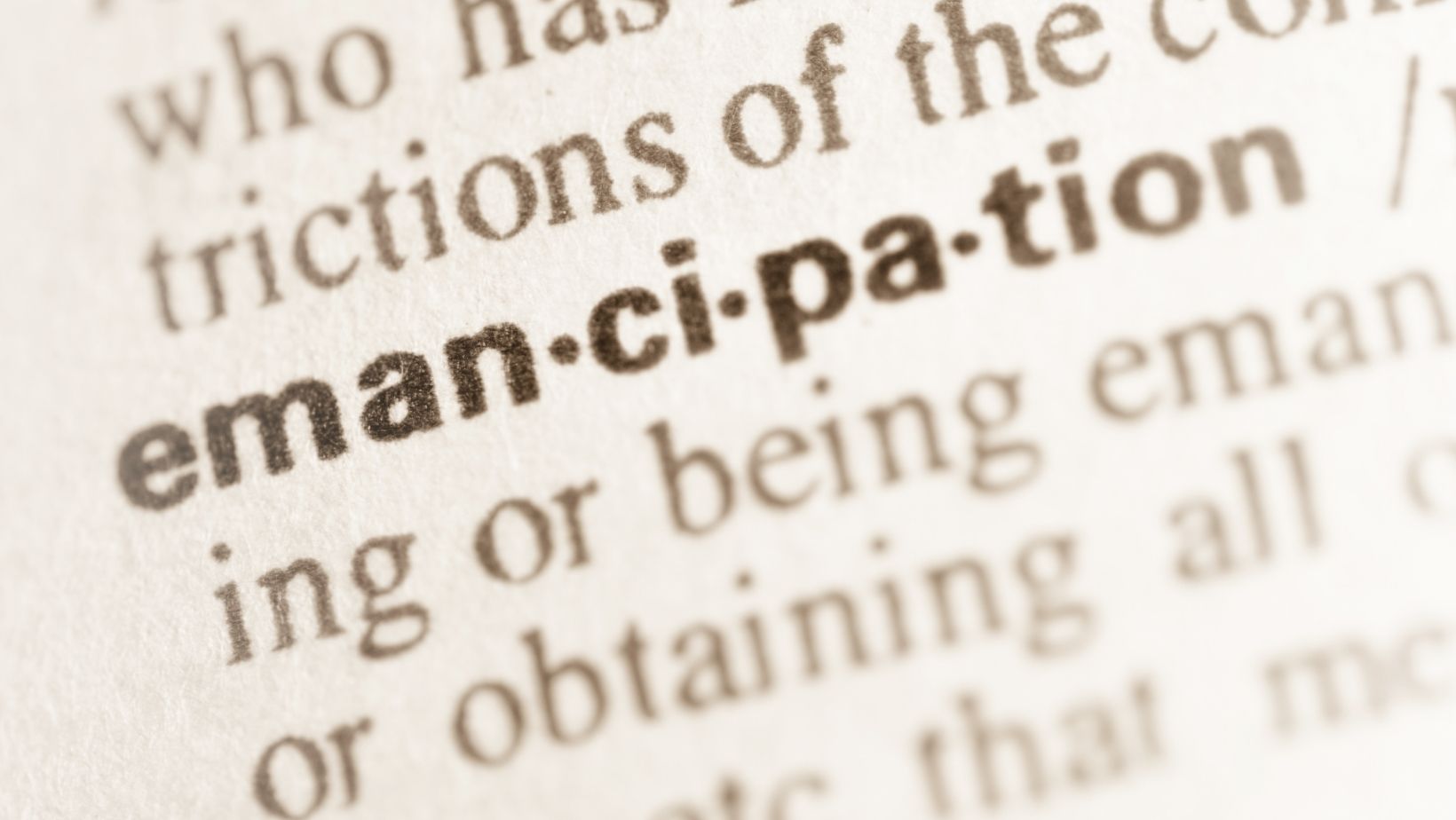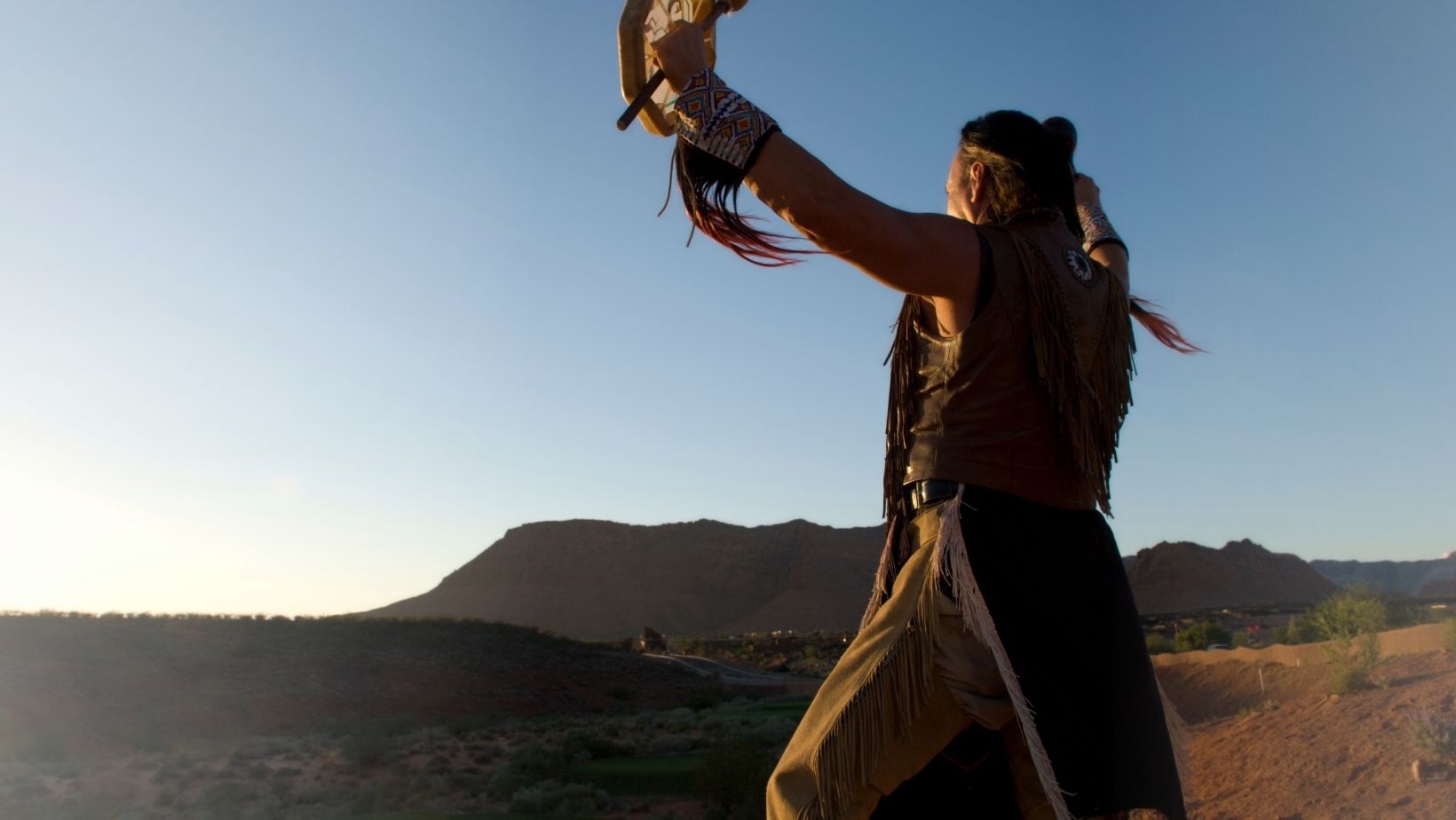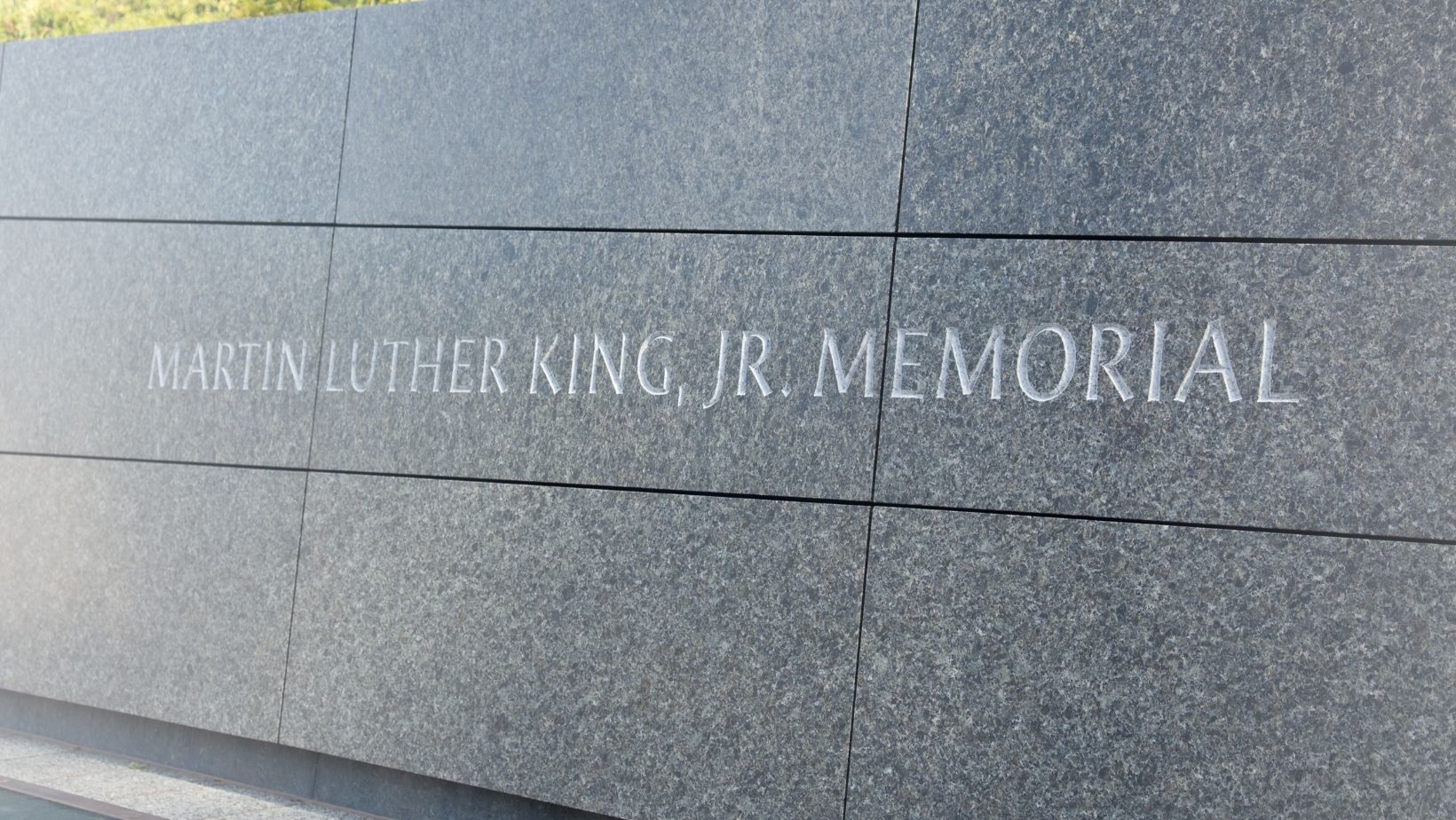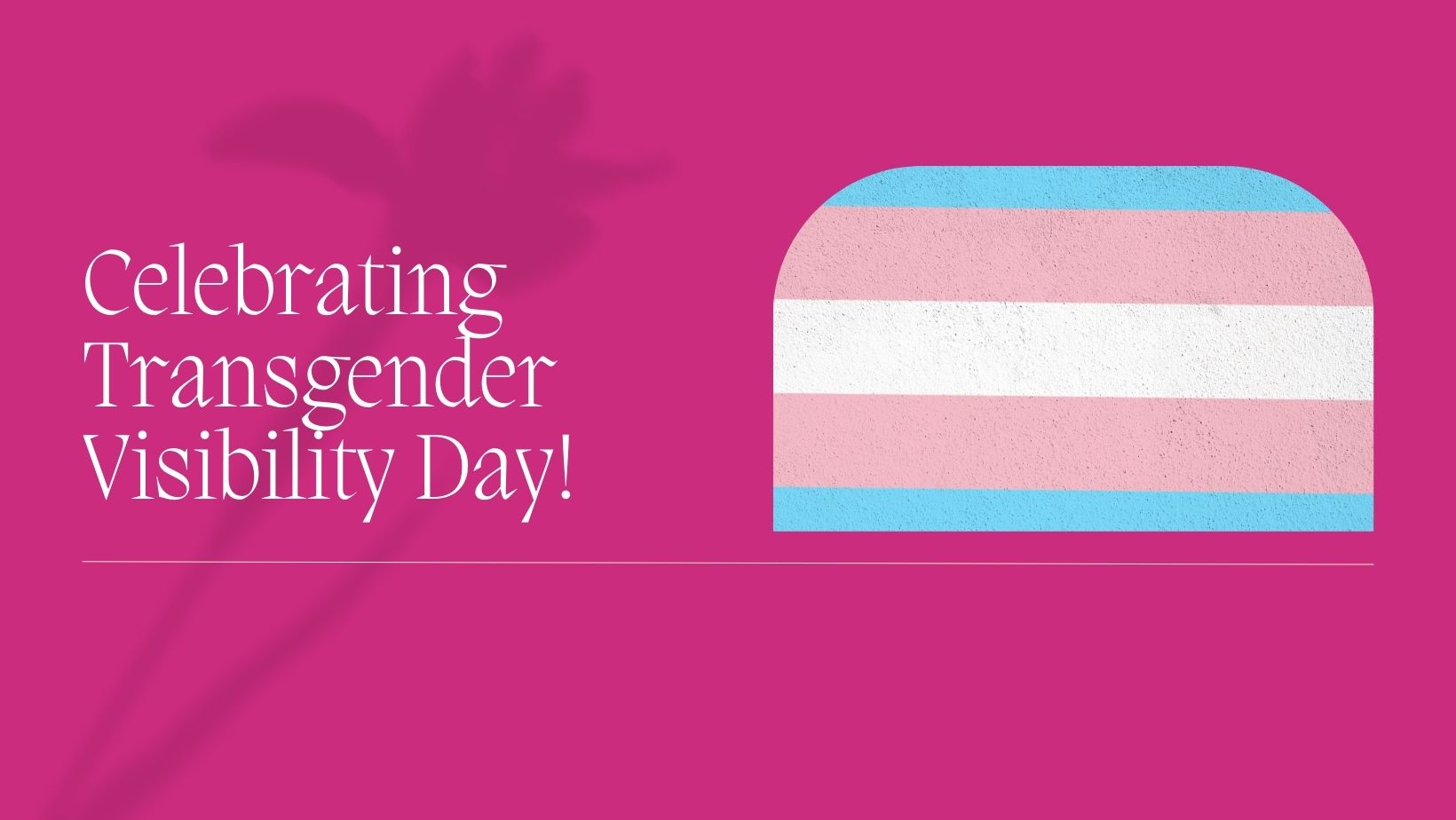In March, my home state of New Jersey signed into law the Murphy, Reynolds-Jackson & Verrelli Bill requiring schools to include diversity and inclusion (DNI) instruction into their curriculums. When I read that news I was first ecstatic. I love social justice! I live and breathe diversity and inclusion. Preparing students to become leaders who can live and effect change in diverse societies gets me up in the morning! How could I be anything but excited that students are being afforded the opportunity to learn and explore new subject matter that will help them be more open minded and empathetic members of society?
Once the euphoria subsided I reflected on the fact that this news is leaving others wide-eyed. I see you, educators and administrators! As someone who grew up with a teacher I am acutely aware of the time, resource and budgetary constraints that plague the education system. I know the long hours you put into lesson planning, extra help, parent meetings and building creative learning techniques for your students. Adding one more thing on an already full plate, no matter how awesome, is overwhelming.
You may be asking yourself how do I start building a DNI program? How can I teach important subject matter in an effective way? What training will teachers need to implement this program? How can I create a safe environment for students to learn about complex, and oftentimes deeply personal, issues? I reflected on the last year I’ve been building, along with an amazing co-founder and team, an innovative social justice and DNI curriculum at the Teen Think Tank Project. Three components stood out that need consideration when building and implementing DNI programs.
First, let’s talk about why the bill is timely and students are in dire need of social justice programming. The tidal wave of highly publicized social justice issues in just the past year – George Floyd, Brianna Taylor, the exodus of women from the workforce, climate change, the disparate impact of COVID on black and brown communities and voter disenfranchisement just to name a few – is unceasing. These issues aren’t necessarily new; there were plenty of distressing headlines when I was in high school. However, today’s teens have unfettered access to the media, along with intense disinformation campaigns and hateful commentary. Many students are seeing celebrities and public leaders deliberately attacking their communities. These issues aren’t subsiding and we cannot ignore them in the hopes that if we don’t pay attention to them, they won’t affect us. DNI programming takes an important first step to acknowledging the very real issues that exist in our society and affect our young students.
One of the critical components of DNI instruction is creating a safe environment for students. It is imperative that students feel emotionally and intellectually safe when discussing diversity, inclusion and social justice topics. Many students are personally affected by the traumatizing events we are seeing in the media. Black and brown students go to school everyday knowing that states and municiplalties are supporting candidates with ties to white supremacy or histories of sexual assault. They go to school waking up to headlines that downplay the devastating effects of racism or cover legislation aimed at diminishing the rights of minority groups. Or maybe they’re sitting in class while a family member or friend is dying because of systemic racism in our justice system, healthcare system or any other system that disenfranchises black and brown communities. We need to see them; we need to hear them; and appreciate their personal experiences.
For other students, although they may not be personally impacted by racism or discrimination, they may be trying to absorb these topics for the first time and make sense of the world around them. Students may be clamoring for the opportunity to better understand experiences different from their own, but they don’t know how to start the conversation. Or they may be approaching the conversations with already ingrained biases that are absorbed through their personal environment. Regardless of each student’s starting point, they need to be able to explore these sensitive topics in a way that builds curiosity, honesty and empathy both inside and outside the classroom.
Fostering foundational skills are a second, critical aspect of DNI curriculum. It’s one thing to provide instruction on diversity and inclusion that checks a box of requirements. It’s quite another to create an environment that actively promotes sustainable diversity. Students can learn about DNI issues, but how are they taught to implement them? How are they taught to wade through the hate speech and disinformation to actually create a diverse society so that, one day, we put DNI in the archives because we’ve created a more just and fair society for everyone?
At Teen Think Tank Project, we couple social justice education with professional development skills so we can achieve a more diverse and collaborative society. Yes, we provide students with the history of a social justice issue, encourage them to sift through conflicting perspectives and generate a policy framework that helps change the trajectory of our society. But we believe it’s imperative to go a step further. No matter how much DNI instruction is provided, we cannot expect change to happen without empowering our students with the skills to go out and bravely create it. Let’s be honest, there are large portions of our society that neither believes in social justice initiatives nor creating a diverse society in which all humans are afforded equal rights and respect. That’s the reality we are sending our students into. Are they adequately prepared?
Our core curriculum infuses critical development skills into social justice programming so students are better able to consume the material and act upon it. We provide instruction on communication skills and recognizing (and respecting) differing styles of expression. We also focus on research best practices and critical thinking skills so students can determine fact from misleading or disinformation. Why is this important? Because 75% of teens have at least 1 social media account. They’re inundated with information on these platforms.
We can’t control what circulates on social media and, let’s face it, it’s fruitless to keep a teen from interacting on these platforms when the entire planet communicates through those channels. What we can do is provide our students with the tools to manage it along with future conversations about race, diversity and inclusion they will undoubtedly encounter. We can also instill effective communication skills so they are better informed contributors to their social media platforms as well. We can foster effective communication, problem-solving and decision make skills now so students are better leaders and collaborators when they first step foot into the real world. Plus, even if students aren’t envisioning a future as social justice advocates and activists, honing strong personal and professional development skills will go a long way to encouraging open mindedness and diversity in any industry.
The third component I’ve found imperative to DNI instruction is including diversity within the curriculum. One of the most effective ways our students learned was through first person accounts and interviews. This was particularly true when our students were given opportunities to interact with people close to their own age group. Hearing from their peers about personal experiences with racism and injustice were most impactful than other mediums through which we delivered the curriculum.
Although every school is required to implement a DNI program, not every school is going to have significant racial, ethnic or cultural diversity within its classrooms. This creates a barrier to inclusive learning. As such, schools would benefit from incorporating guest speakers, particularly those within the age group of its students, to share experiences. Peer to peer interaction is powerful; it takes seeing someone your age, whom you can relate to, dealing with significant social justice issues, to really drive home the need for a more inclusive society.
Implementing a DNI program is no easy task, but it’s an amazing opportunity to support students directly impacted by social justice issues and to create the foundation for students to create a more inclusive society when they become our leaders. My team and I love talking about social justice, empowering students and creating a better future than the one that appears to lie before us. If we can be of assistance as you’re implementing or expanding upon your DNI curriculum, we’d be happy to talk with you. This is, after all, our favorite topic!
Kelly Nagle is the co-founder and Vice Chair of the Teen Think Tank Project, a student-run policy institute where teens have a voice in the world they will inherit. The Think Tank provides students with a robust social justice education, along with a curriculum that fosters the professional skills required to become effective leaders and create real change. Kelly holds a M.A. in Political Science – United Nations and Global Policy from Rutgers University. Prior to her work as a social entrepreneur, Kelly spent eleven years raising funds, educating communities and advocating for national healthcare nonprofits. She is also the founder and Chief Impact Officer of Uncharted Community.






